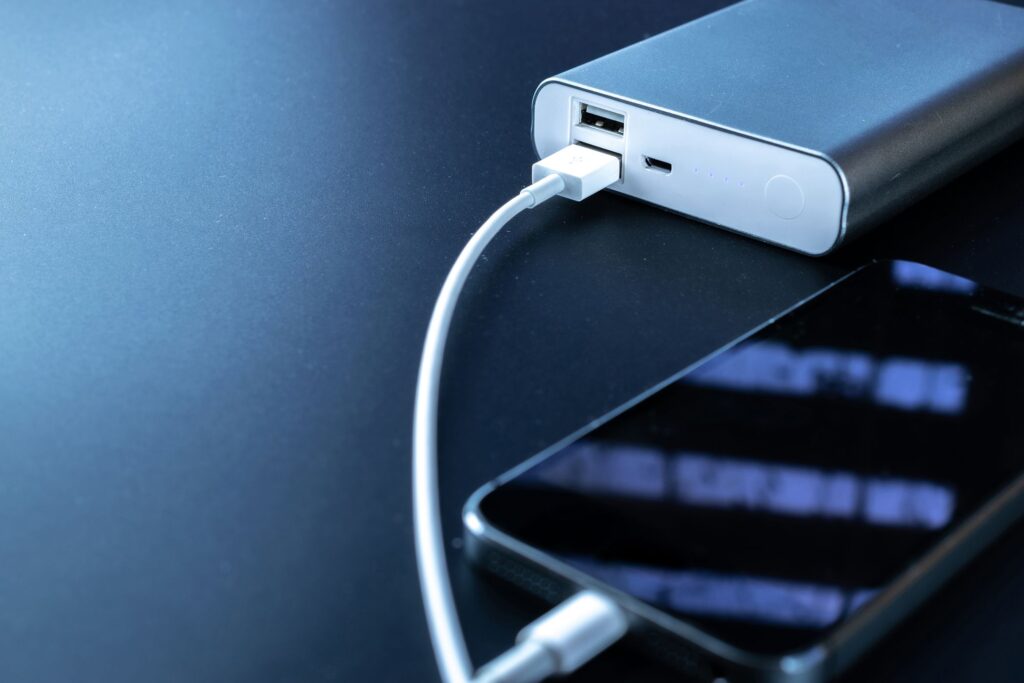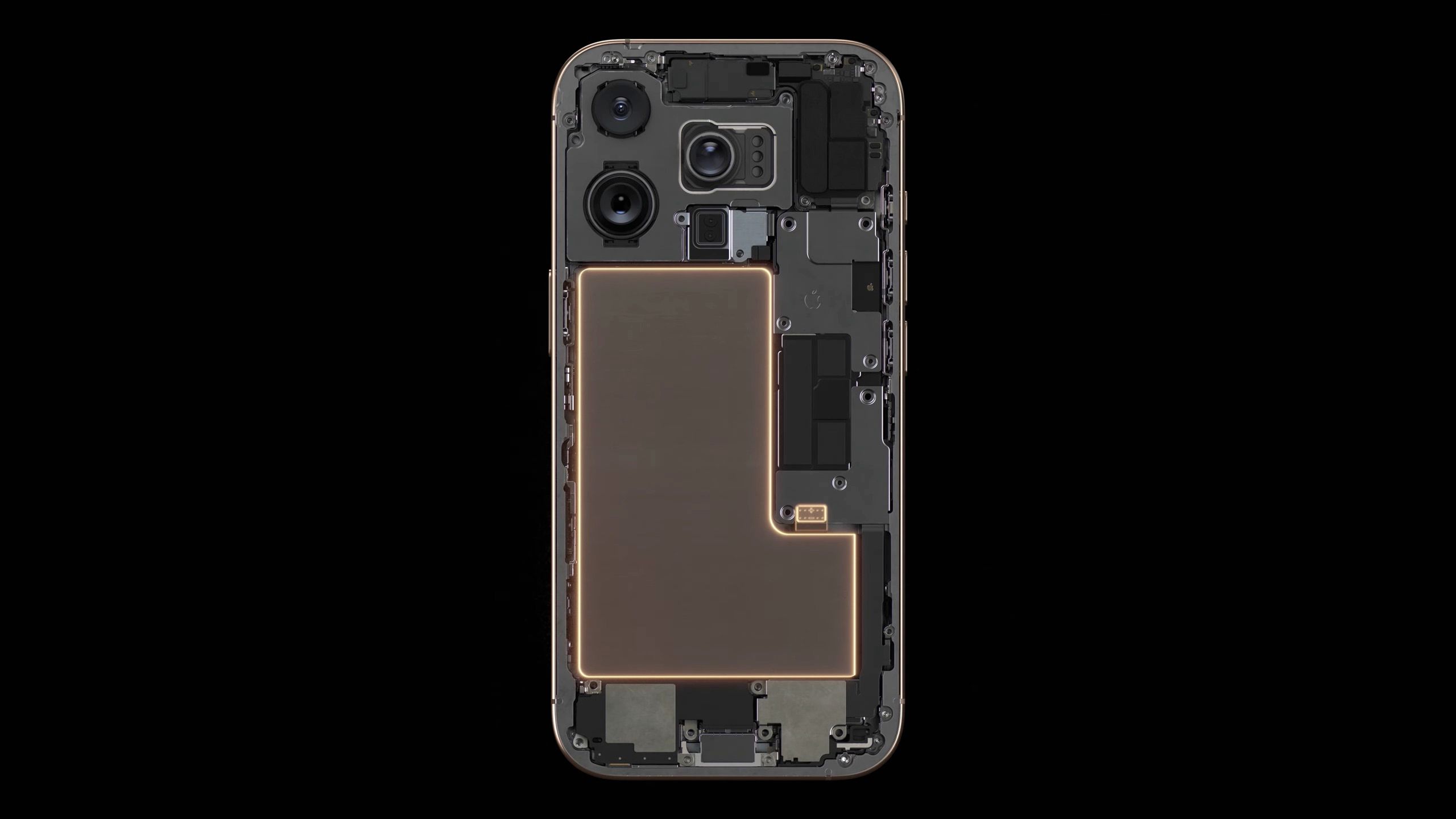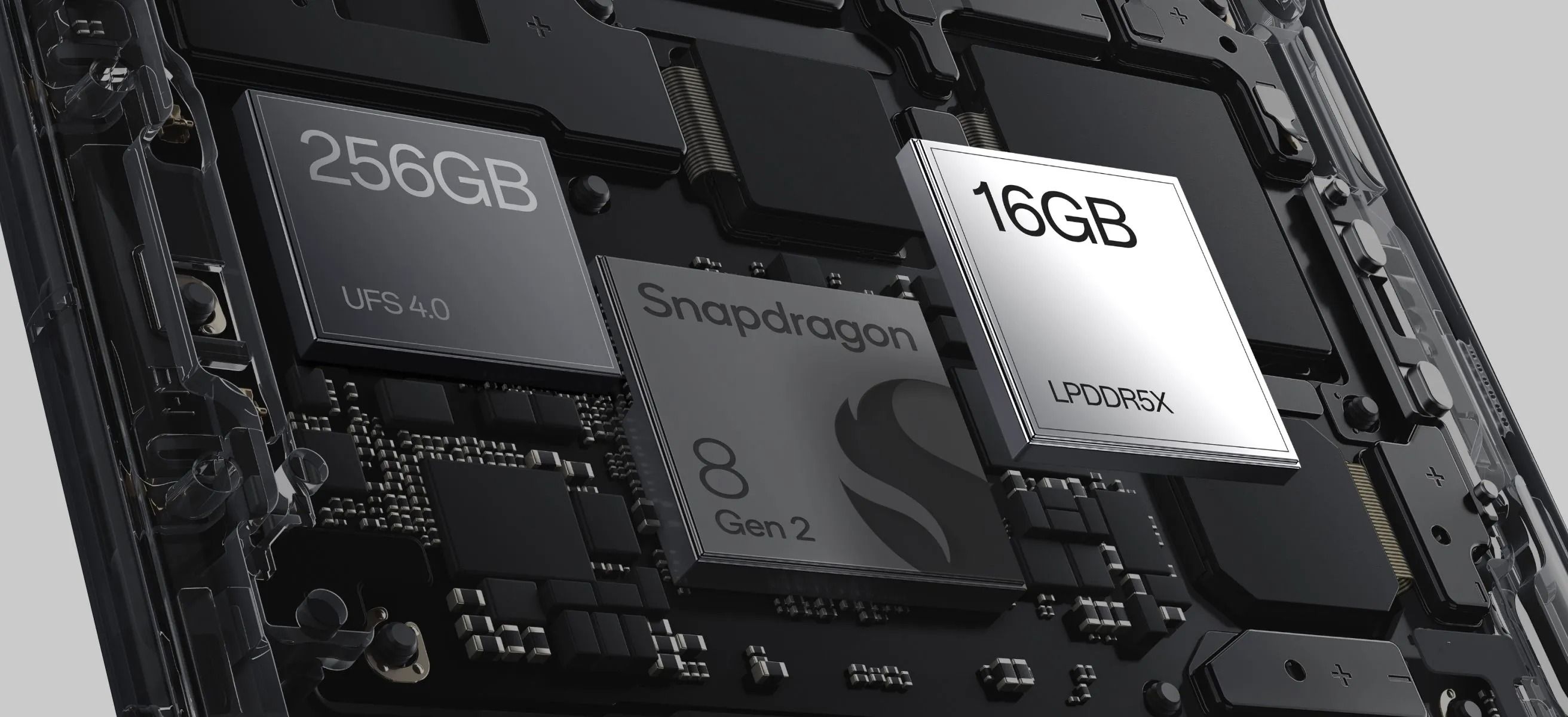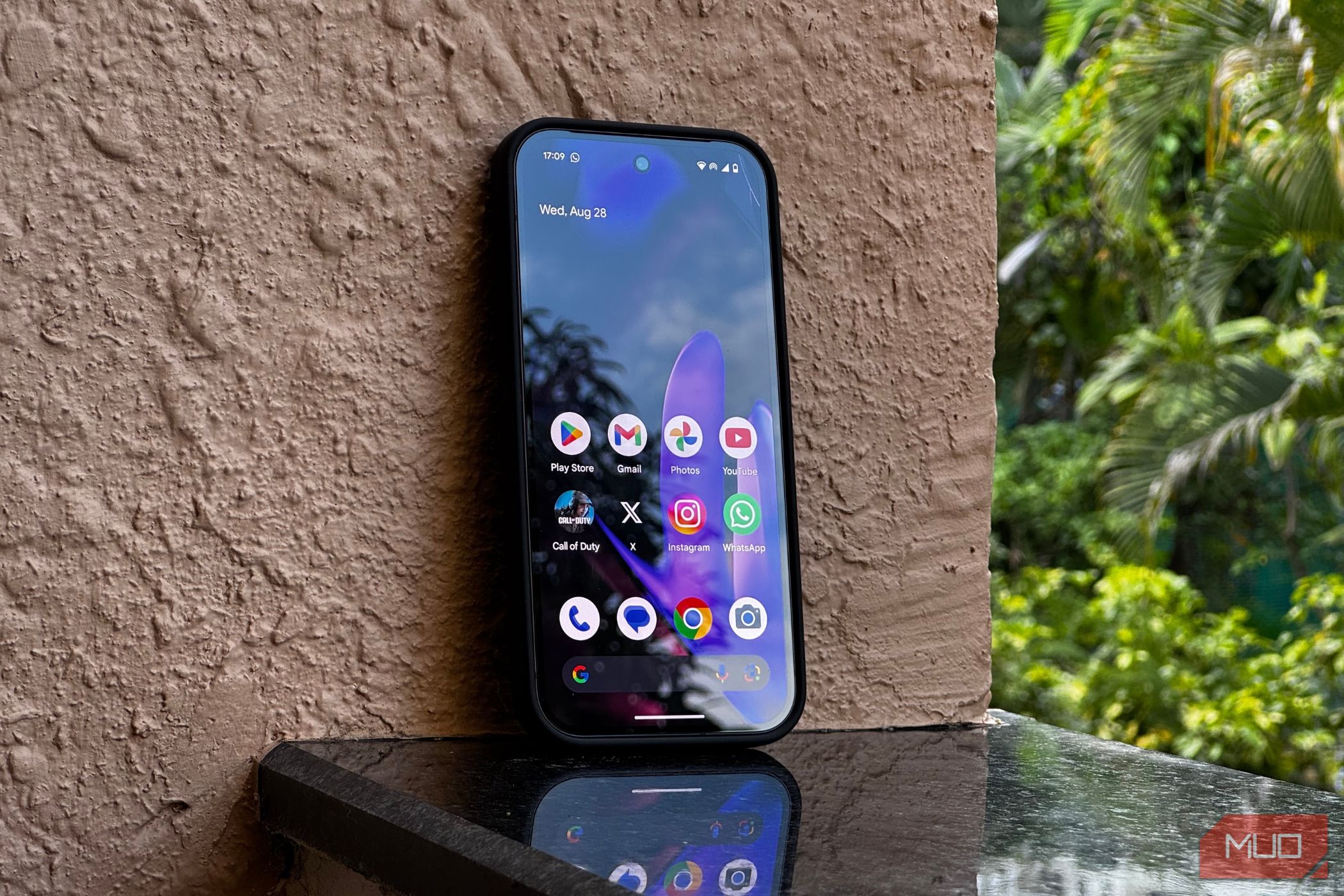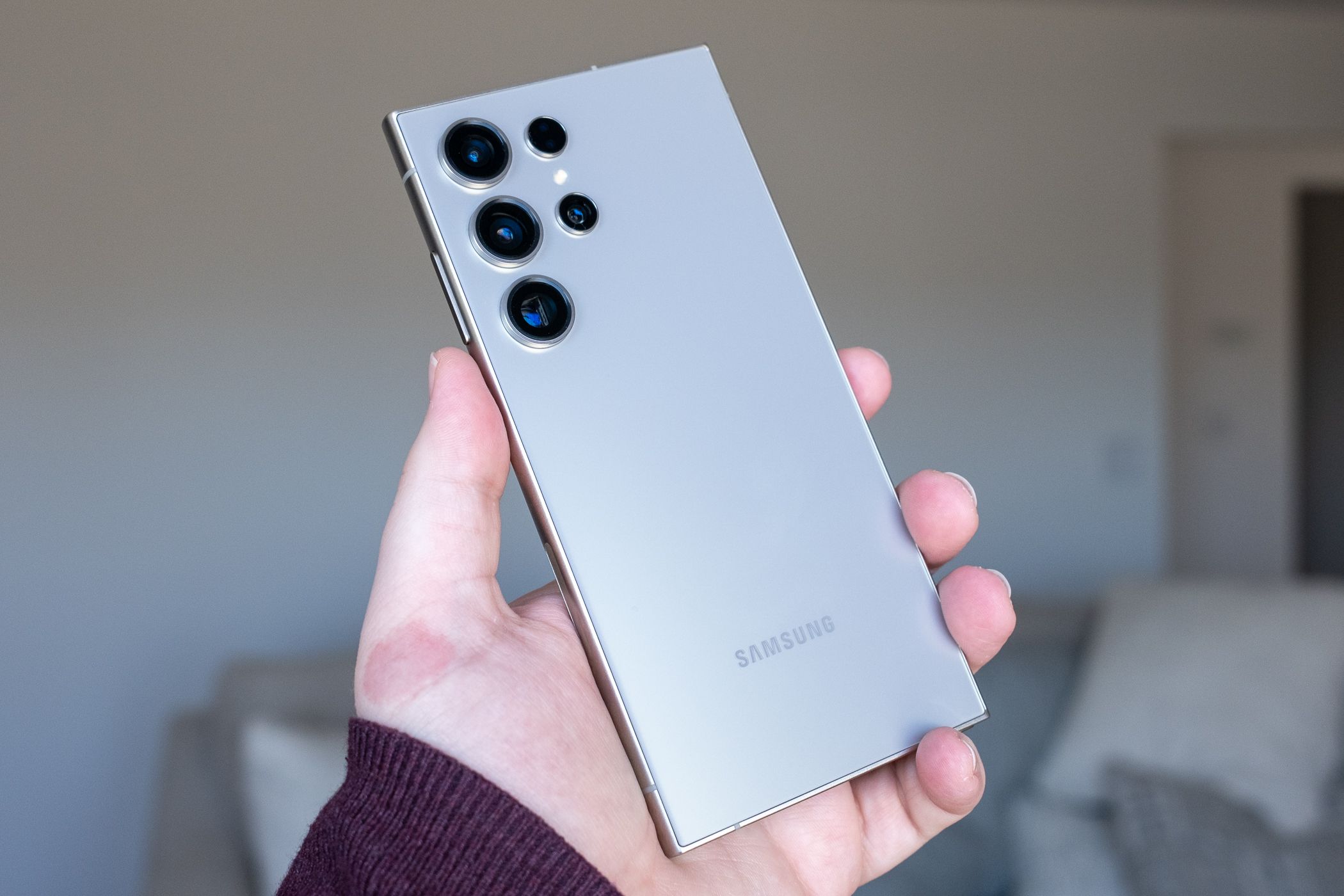Smartphones have come a long way, with powerful processors, bright displays, and beautiful cameras. However, there is one thing that is still lacking. It’s battery life.
So why after all these years, my smartphone still doesn’t last a day?
Battery technology has not progressed as much as expected.
It’s 2024 and we still rely on lithium-ion batteries. This technology has been around for decades. While energy density (the amount of energy a battery can store relative to its size) is improving by 5-8% every year, the energy demands of smartphones are growing even faster, so actual battery life will vary. I don’t notice.
Additionally, lithium-ion batteries are approaching their theoretical energy density limits, and there are limits to the optimizations that can be achieved. Alternative batteries such as graphene and solid-state batteries exist and can provide at least two to three times the battery life. However, because its production costs are higher than lithium-ion, it has not yet found its way into mainstream phones, especially now that smartphone companies are doing everything they can to cut costs.
Smartphones are becoming more and more powerful
Smartphone processors are significantly more powerful and efficient than they were a decade ago. These tiny silicon chips can now handle demanding tasks once reserved for powerful gaming PCs, such as real-time AI calculations, console-level game graphics, and 8K video editing.
Take Apple’s A18 and Qualcomm’s Snapdragon 8 Gen 3 as examples. They integrate multiple components into a single chipset, such as the CPU, GPU, AI processor, and 5G modem, which increases power demand.
Another factor contributing to decreased battery life is the increasing complexity of software and operating systems. Over time, apps and system software grow significantly in size and require far more computing power to run. Every new app we release has a ton of AI built into it. Add to this background processes like syncing, notifications, location tracking, and more, and you’re draining your battery even more.
Take WhatsApp and Instagram for example. These apps are packed with features that most users either don’t notice or never use. This is feature overload, where layers of functionality are hidden inside other features and often go unnoticed. Next, extend this functionality to all your other apps.
Brighter and higher refresh rate
Smartphone displays have improved significantly over time. We now enjoy bigger, brighter, and more pixel-dense screens. Refresh rates have also increased from 60Hz to 120Hz and even 165Hz on some devices.
Higher refresh rates and pixel densities also increase power consumption. For example, a 120Hz display refreshes 120 times per second, which increases the power consumption of the screen and forces the processor to work harder to render more frames. The same is true at higher resolutions.
That’s not all. We now have foldable phones with multiple displays, which further drains battery life. I’m not against them. In fact, I love flip phones. This is because it offers a good balance between portability and screen size. However, the impact on battery life cannot be denied.
multiple camera lenses
If there’s one area where smartphones have really taken off, it’s cameras. The image quality of these portable devices is so good that you might just leave your bulky DSLR at home without a second thought.
This improvement is due to two key factors: the use of multiple camera systems and advances in image processing.
All mobile phones today have at least two, and often up to five, types of lenses, including telephoto, macro, and wide-angle lenses. However, these multiple lenses consume much more energy than a single lens.
Additionally, as I mentioned earlier, before providing the final result, each image taken goes through pre-processing steps such as lens correction and noise reduction, and post-processing steps such as HDR, brightness and contrast adjustments. .
These steps put a lot of stress on the processor and lead to battery drain. If you’ve ever wondered why your phone gets hot while taking photos, now you know.


